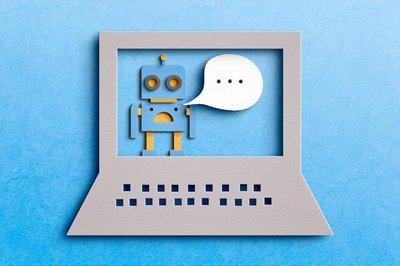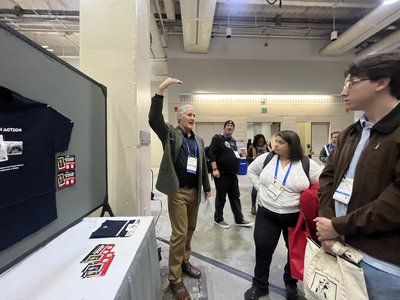by Heather Gauck, special education teacher
I’ve begun my 32nd year as a special education teacher in Michigan, and my mind is filled with memories of past students and thoughts of the new ones I get to teach this school year.
Last year, one student who left a lasting impression was James, a third grader diagnosed with autism. At his previous school, he learned in a separate classroom designed for children like him. At my school, he joined a general education class for almost the entire day, receiving minimal special education support. His parents met with me, hopeful about the promise of inclusion but concerned about whether he would thrive alongside his peers.
Since the Individuals with Disabilities Education Act (IDEA) was reauthorized in 1997, research has shown that students with disabilities benefit from learning alongside their non-disabled peers, and those peers benefit, too. But one question always comes up: How can a student with high needs be supported in a busy classroom with so many others? Fulfilling IDEA’s promise often requires more than dedicated educators and traditional resources; it demands innovative approaches that adapt to each student’s unique strengths, needs and interests.
Fulfilling IDEA’s promise often requires more than dedicated educators and traditional resources; it demands innovative approaches that adapt to each student’s unique strengths, needs and interests.
This is where technology offers one answer. For the past decade, I’ve used assistive technology to help my students succeed even when I’m in another room. Voice-to-text allows them to speak their ideas without the frustration of not knowing how to spell. A simple press of a button can have text read aloud, reducing barriers and easing frustration. These tools provide real-time accommodations, keeping students like James engaged and included. Research confirms that digital tools and specialized devices can transform classrooms, opening new possibilities for inclusive education.
One of James’s biggest motivators last year was his fascination with capuchin monkeys and robots. Before the arrival of AI, finding academic materials that matched his reading goals and interests would have taken me hours. Instead, I used Diffit, an AI tool that instantly creates differentiated reading passages and vocabulary activities. Within a minute of me typing in “capuchin monkey,” the tool generated a short illustrated passage, a summary, five vocabulary words with definitions and sample sentences, comprehension questions, and even a “think, pair, share” activity.
With those ready-made materials, I built lessons around his passions, and James proudly shared his work with classmates. When I use AI tools, accommodations become normalized. Nobody feels singled out.
This year, James is moving into a fourth-grade classroom with 29 students, including six others with special education eligibility. His teacher and I are brainstorming how she can meet the needs of all 29 learners. Imagine if every student could get instant support, immediate feedback, and greater independence through a teacher-designed, safely monitored AI assistant on their device.
Picture this: one fourth-grade student is stuck on a math problem and asks their AI assistant for a step-by-step hint. A classmate writing a story receives instant feedback on how to improve their sentences. Another clicks a button to hear a passage read aloud so they can follow along. Ms. Smith doesn’t need to pause the whole lesson to address each need, yet every child gets timely support.
In my classroom, AI has become part of that team, working alongside my colleagues and me to make those materials more accessible and responsive for every student.
With tools like Magic School AI or School AI, students can receive help the moment they need it, reducing frustration. When frustration decreases, so does the disruptive behavior that often arises when students struggle silently or feel left behind. Meeting needs in real-time allows the classroom to flow more smoothly and keeps all students engaged. With these needs addressed, Ms. Smith can focus on instruction and building relationships instead of constantly managing interruptions.
At the national level, conversations about reimagining teaching often highlight team-based staffing models and high-quality instructional materials. In my classroom, AI has become part of that team, working alongside my colleagues and me to make those materials more accessible and responsive for every student. It doesn’t replace teachers; it strengthens our ability to meet every child’s needs.
James can’t wait another decade for his classroom to catch up with technology. Every school year matters, and for students like him, each day without the right tools is a lost chance to connect, learn, and grow.
We have the tools today to make inclusion more than an aspiration; it can be our daily reality. When we design for our most vulnerable students while ensuring that AI in education is used responsibly and safely, we build classrooms where everyone belongs. Learning becomes a shared journey, where every child can contribute, thrive and reach their full potential.
About the author

Heather Gauck is a special education teacher in Grand Rapids Public Schools, Michigan. She is a 2025-2026 Teach Plus Leading Edge Fellow. Gauck was also PBS All Star digital innovator in 2018.
If you would like to pitch an Educator Voice article to News Hour Classroom, contact education@newshour.org.
Fill out this form to receive our weekly newsletter containing timely lesson plans, a recap of our Daily News Lessons, community events and more!






